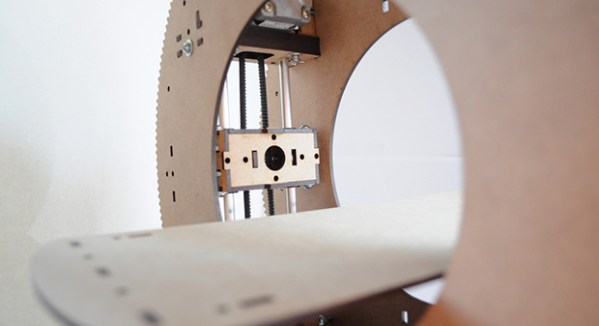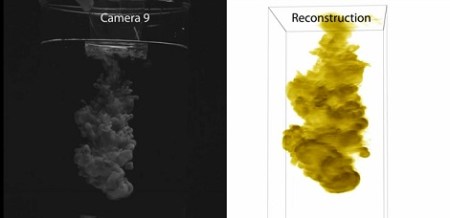What do you do when you’re dad’s a veterinarian, dumped an old x-ray machine in your garage, and you’re looking for an entry for The Hackaday Prize? Build a CT scanner, of course. At least that’s [movax]’s story.
[movax]’s dad included a few other goodies with the x-ray machine in the garage. There were film cassettes that included scintillators. By pointing a camera at these x-ray to visible light converting sheets, [movax] can take digital pictures with x-rays. From there, it’s just building a device to spin around an object and a lot – a lot – of math.
Interestinly, this is not the first time a DIY CT scanner has graced the pages of Hackaday. [Peter Jansen] built a machine from a radiation check source, a CMOS image sensor, and a beautiful arrangement of laser cut plywood. This did not use a proper x-ray tube; instead, [Peter] was using the strongest legally available check source (barium 133). The scan time for vegetables and fruit was still measured in days or hours, and he moved on to build an MRI machine.
With a real source of x-rays, [movax]’s machine will do much better than anything the barium-based build could muster, and with the right code and image analysis, this could be used as a real, useful CT scanner.



















